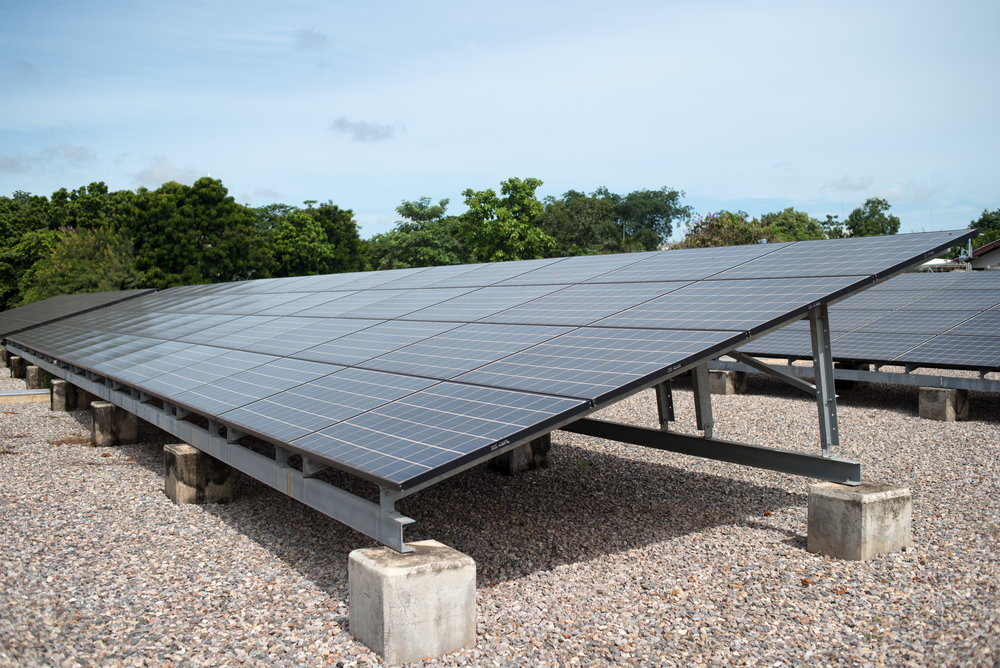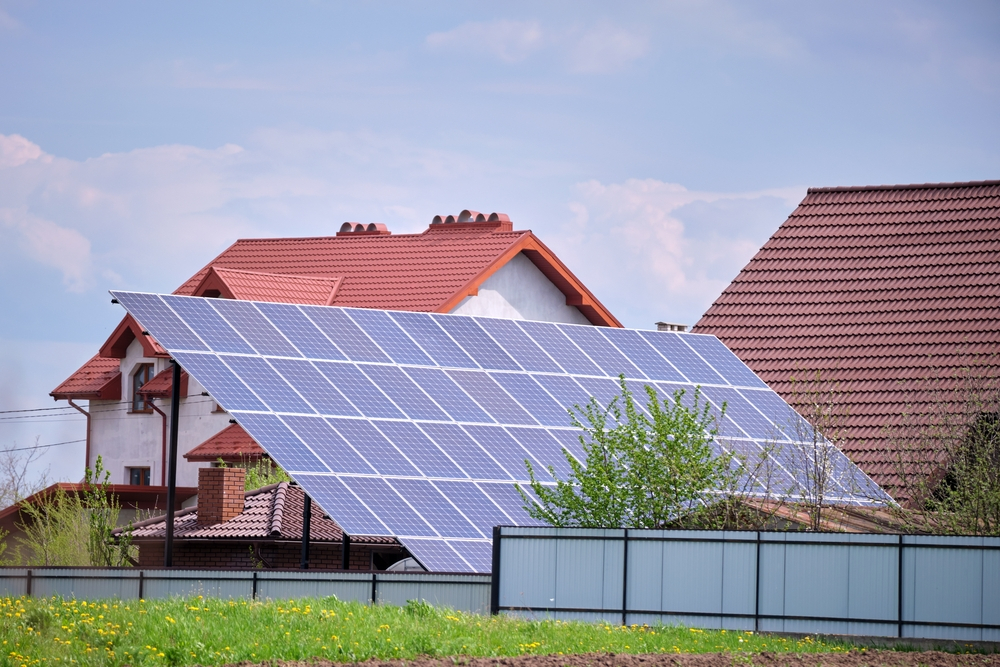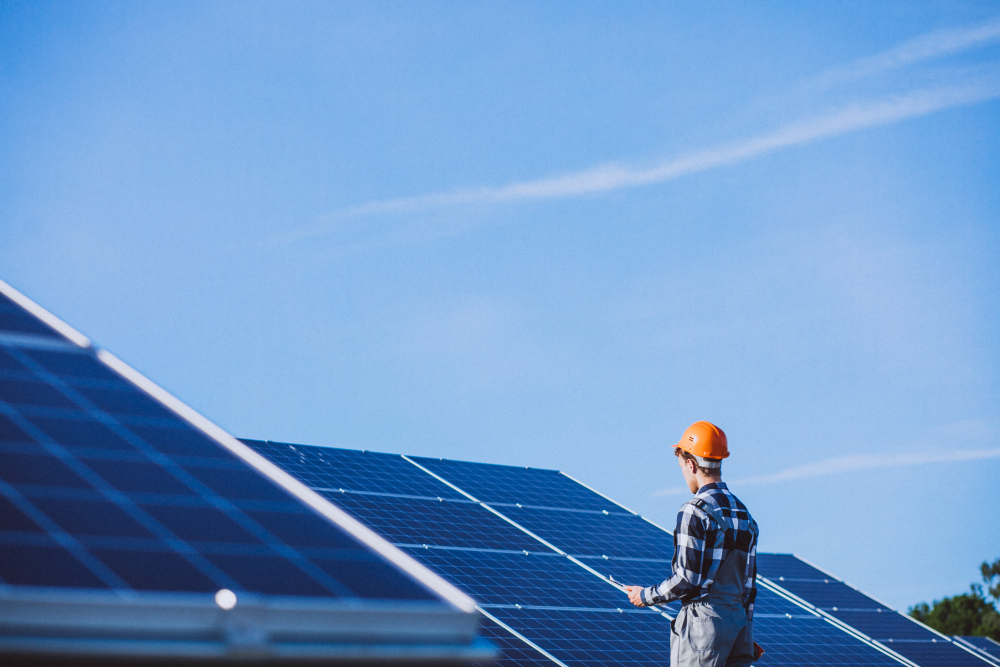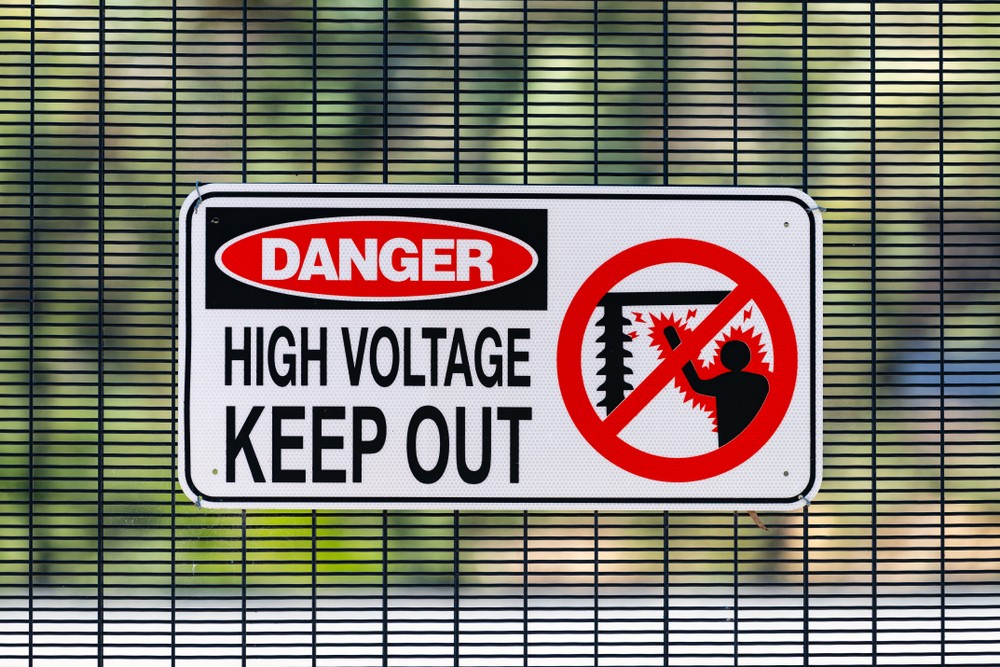Stand Alone Power Systems
Stand Alone Power Systems
Jul 08, 2022

Over the last ten years, solar energy systems in Australia have become more popular as the cost of renewable energy has dropped significantly. According to several reports, in 2020-21, Australia generated around 10% of its electricity from solar PV, which is the fastest-growing power source.
What are Stand Alone Power Systems?
Stand Alone Power Systems (SPS) generate electricity to charge batteries in the daytime. This electricity can then be used during the night when the sun is not available for power. SPS is a form of sustainable energy that utilises rechargeable batteries as a power storage system.
The Photovoltaic (PV) Solar based SPS system can be installed on a roof but can be used on vehicles, boats, tents, and wherever there is a need for remote power.
SPS works well in remote rural areas, especially when other power sources are inaccessible or unavailable to power lights, appliances, etc. As a result, installing a single stand-alone PV system is more economical than having the local company provide power directly into the home via grid-connected PV systems.
In Australia, SPS was used for telephones and repeaters in rural areas in the 1970s. As solar panels became more affordable, the telecommunications industry expanded nationwide. In the late 2000s, stand-alone PV became evident as a viable option for several situations, such as parking lots, energy-intensive industries, and emergency response equipment.
Important Factors in SPS
To make an excellent decision, one must carefully consider and plan. Solar panels are no different.
1. Energy Consumption
How and when you consume electricity. If PV Solar or sun is the only source of electricity, it is crucial to generate and save enough electricity even for the days when the weather is overcast.
2. Maintenance Contracts
Despite the ease of installation and operation of SPS compared to other off-grid power technologies such as windmills, hydropower, etc., solar PV systems must be maintained regularly, which is not necessary with grid-connected mains power. You need to make sure that you have service contract to service your SPS annually.
3. High Capital Cost
SPS has high initial costs.
4. Training in Design and installation of SPS
One of the best way to understand how the system works to undertake nationally recognised course in Stand Alone Power Systems – Design & Install by Project Management Vision (PMV). You will acquire skills and knowledge related to SPS enabling you to analyse information, create or design and install tailored SPS solutions, and communicate the results of these solutions with clients.
Contact the office for more course information, or to book your spot.
Recent Post
Mar 14, 2024





